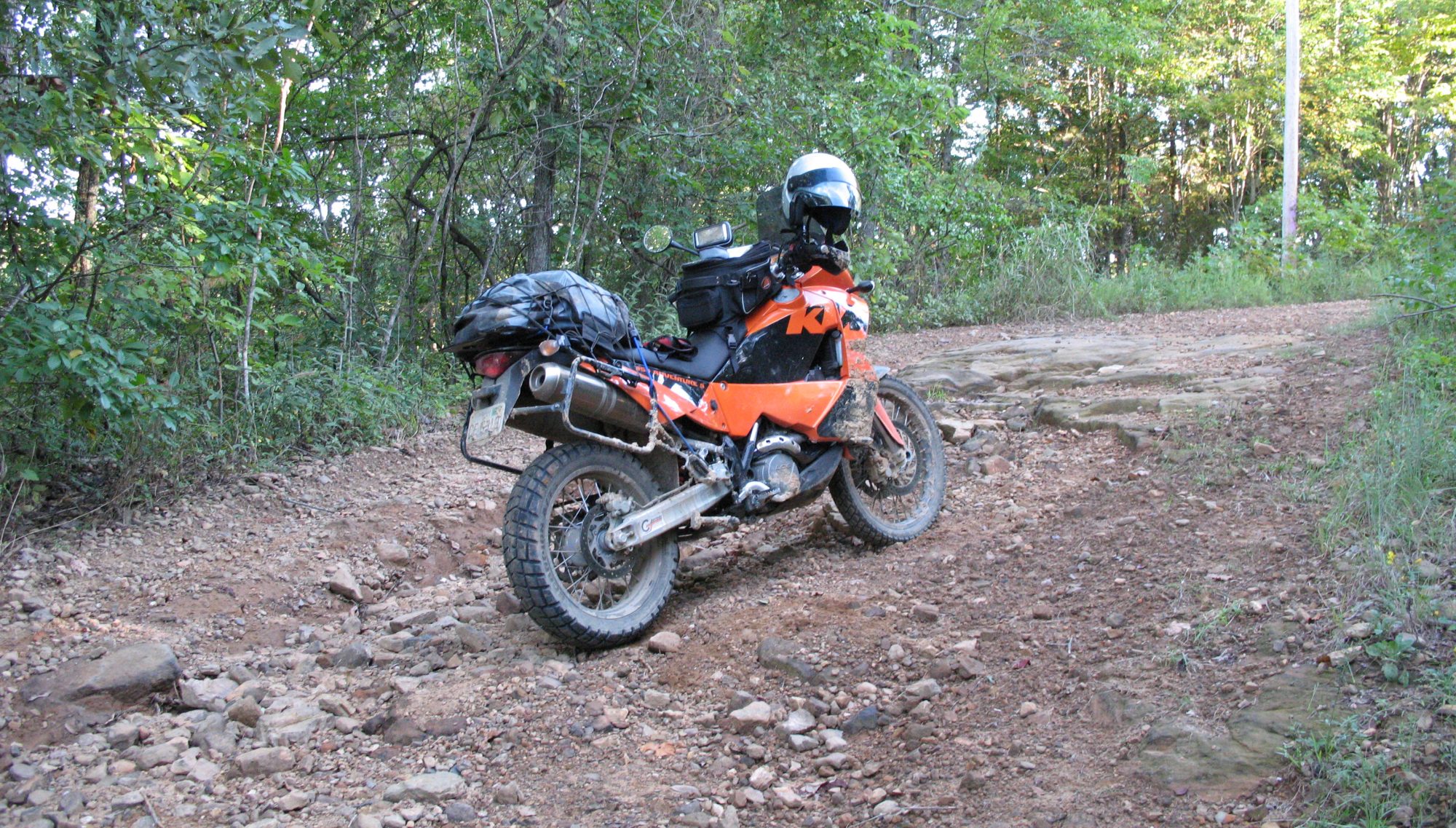I decided that it was time for a new GPS. The weather radar feature on the Garmin 478 is very difficult to beat – it shows areas of precipitation and storms superimposed over your position on the map. With the animation, you know which direction rain or storms are moving, and you can gauge how quickly they’re moving. You basically have 3 choices – sprint ahead and get past them, slow down and let them pass in front of you (not really the best choice), or alter course to avoid them. I guess there is actually a 4th choice – seek shelter for the night and not worry about running faster or slower or changing course.
After receiving a bill for XM’s Sailor package that runs $30 per month, on top of the $9 per month for XM, I decided the monthly charges were simply getting out of hand. Time for a change. I have an iPhone that gives me real-time weather radar, so I can see storms and areas of precipitation and alter travel plans with that information. No, it’s not as convenient as seeing the information directly on my route of travel, but at $40 per month that’s just too much since I’m already paying for the iPhone as well. So, I sold the 478 and the XM receiver/antenna.
I bought a Garmin Nuvi 760. No, it’s not waterproof. No, it doesn’t show weather radar on my route. What it does is eliminate $40 monthly from the biking budget and add two things. First, it has an mp3 player. I’ve loaded music onto several sdhc cards – 60s, 70s, 80s, country, rock, and classical. I just pick one and put it into the gps and select “shuffle”. Second, it has bluetooth and is now paired with my iPhone. I don’t make or receive calls while riding, but at least I can see who is calling and pull over to return a call or wait until the next fuel/bathroom/photo stop. I’ve updated to the 2009 maps, and I can use Mapsource to upload waypoints, via points, and routes to the gps. I can also download tracklogs from the gps, so I haven’t lost any functionality there.
Dealing with the not-waterproof issue on a motorcycle is important. Sometimes the simplest solution is the best, and until I know differently I will just cover the gps with a ziploc baggie, secured with a plastic bread clip. Inexpensive and effective. Hopefully the gps will spend most of it’s time on the bike without the raincoat.
Stay tuned for more on-the-bike usage reports as the miles pile up this season.
